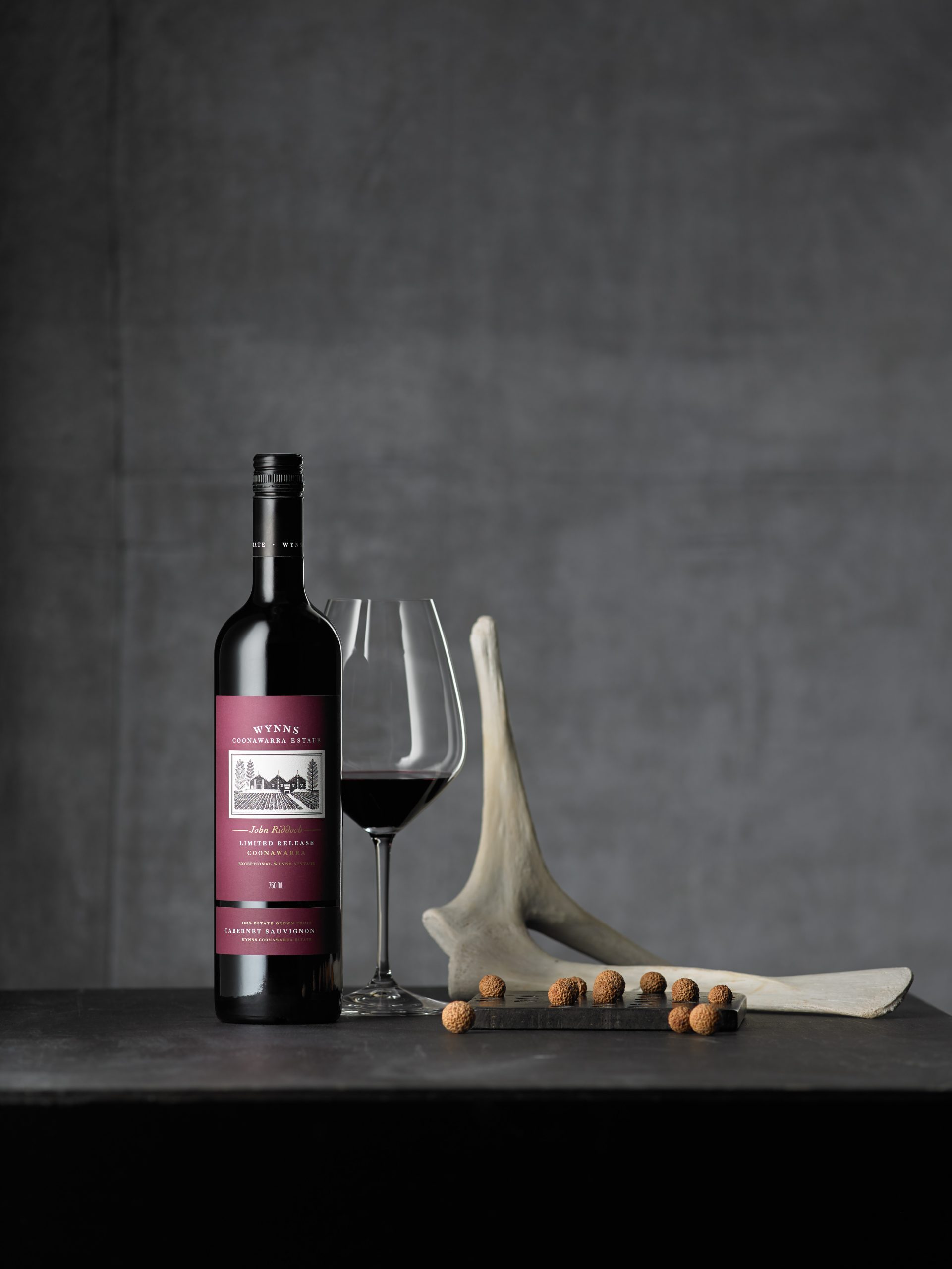Could brewery success hinge on these models and beer styles?
Craft breweries should consider three business models along with the most cost-effective beer styles to brew, according to a beer expert.

Speaking to the drinks business, Lune Brew sales and marketing director Justin Rivett, said it was important for owners of breweries to “have in mind how big you want to be” and know “what your skills set is” as well as be fully aware of “what capital you have available”.
Rivett, who in his assessment of the sector, had responded to recent suggestions made by Rabobank analysts on what brewers should do to stay afloat, said: “I read about a report written by Rabobank about the craft beer sector, the take away being that more breweries should be brewing higher ABV beer such as DIPA and TIPA and focusing on taproom sales, which, is to an extent already happening” but pointed out that the advice from the analysts “also raised a few points that make it quite impossible to build a viable business upon”.
Revealing the issues, Rivett observed how it was true that “a taproom and direct-to-consumer sales can be vital to creating not only a profitable brewery but also contribute greatly to the consumer’s love and loyalty for a brand” but warned that the issue with the advice was that aside from a few exceptions, DIPAs and TIPAs, despite being popular with craft beer fans, don’t sell well enough in terms of volume.
He explained: “DIPA and TIPA don’t sell. At least they don’t sell at the volume that has a chance of maintaining a business apart from a couple of notable exceptions [like] Chubbles from Cloudwater [and] Putty from Verdant [which are] still very much anticipated and sell very well” but observed that “even those breweries struggle to sell their other DIPA/TIPA”.
Additionally, he noted how “there is the uncomfortable fact that all those high ABV beers sat around in warehouses up and down the country have a substantial Duty burden on them that has to be met before the sale is made” and hinted that this could also create “a drag on cashflow” which could put lots of smaller breweries in the red.
Three business models for breweries
In an effort to offer up some guidance that would be useful to breweries in the face of the analyst’s claims, Rivett outlined three models for brewing success that have been proven to work for businesses within the sector. Divulging his tips, he told db. “Let’s look at bit more at what does work, what has been shown to work, and why they work… let’s start small.”
Model 1: Stay niche and crafty
If you have a bit of cash spare, can brew a bit (a lot, or at least have a certain level of knowledge of your intended style) and have some time on your hands, it might be your intention to start a commercial brewery and keep it small. This is the one area where the advice of Rabobank rings true, you may indeed want to brew high ABV high margin beers, and distribute them to a small base of fans either by mail order and/or from a taproom or pub. The key to this is by having a unique offer”. Rivett gave examples including Mills Brewing which produces small volume wild beer that it releases occasionally via an email newsletter.
He highlighted how Mills Brewing “sells out of each iteration in hours, and has no desire to get any larger, in fact it withdrew from its wholesale business during the pandemic to focus on its direct-customer base. Equally, Emperor’s Brewery brews higher ABV stouts and porters, and has a packed collaborative calendar as well as its own small brewery. These are examples of small brewers who are happy to stay small, satisfy their own ambitions and focus very narrowly. There is quite a lot to be said for it as a lifestyle business”.
Model 2: Open branded outlets
However, Rivett indicated that “the second model is to have a single or multiple branded outlets, now this might look like the Rabobank model, but in reality it’s quite different as you have to brew a huge range of beers, and a lot of of those won’t match the Rabobank model, because of the issue raised above. Brewdog are the obvious and most visible version of this model, but getting that big takes a completely different level of effort than a lot of breweries are capable of, so lets look at some that are good, Howling Hops has its ‘Tank Bar’ in trendy Hackney Wick, the volumes are good (especially on a match day, as the London Stadium is nearby) and the concept unique, but it does require you to be in an urban area, and that means big rents for property, and additional capital investment in the tanks themselves. So what about the typical brewery tap room on a trading estate somewhere? Wiper and True has just built a brand new purpose built taproom on the front of its new brewhouse in Bristol, whilst retaining the old taproom in St Werburghs around a mile or so away, it strikes me that this is a clever bit of planning…but again it’s greedy on capital investment.”
Partner Content
Model 3: Market a popular core, then sell up
Rivett concluded that lastly there is also “the model that served Camden, Beavertown and the other big sell-out breweries in the last decade. Brew a popular core beer, churn it out with some fantastic sales support to every venue that will have you and with some brilliant branding and quite a lot of capital or debt. As mentioned, this model is based on having at least one beer that is a massive hit with the market, Camden had Helles, Beavertown had Neck Oil and Gamma Ray, and whilst its open to question if it will sell up in the end, Deya now has Steady Rolling Man (and a new brewery more than capable of supplying demand at least in the short term) and Lost and Grounded has Keller Pils and again a brewery that is constantly expanding to meet demand.”
Rivett outlined how “Cloudwater spent a lot of time over the last year redeveloping its core range to reduce cost and increase accessibility. The key here is that you want to expand, and you have a good market for your beer, otherwise it’s just chasing stainless steel. You have to have a beer that sits well in the market, is approximately the right price, and that is brewed, marketed and delivered superbly. Every brewer thinks that their beer is the best, be honest, and if you don’t know, ask someone who can give you an unbiassed opinion based on knowledge.”
Rivett explained that each of these are “three models that all work more or less” but warned “you have to allow for basic business competence, so even if you have all the pieces in place it’s entirely possible to get it all wrong”.
Remember: D2C only works if you don’t alienate bottle shops
He also insisted that there were pitfalls for going direct-to-consumer and warned: “If you go 100% for direct-to-consumer sales or supermarkets then you are going to alienate the independent bottle shops” and also added that “taking on a new wholesaler without thinking about your existing relationships will not only lead to just cannibalising your existing market, but also has potential to reduce the effort the original wholesaler puts into your brand, even in areas that aren’t conflicting”.
Rivett added: “Fundamentally, I disagree with the Rabobank analysis. I’ve already told you a little about why DIPA/TIPA don’t work as the focus of a scalable business, but there are some things that I haven’t mentioned. Firstly and most obviously is the cost of ingredients. Hops cost a lot, as does malt, and a DIPA needs a lot of both, and it requires a lot of the most expensive types of hops because beer enthusiasts want new ones and new hops are the most costly. The other side of the coin is that they also take up a lot of tank space for a longer time, the fermentation and dry hopping of these beers means that they can take weeks not days to come out of tank, holding up production and rendering your brewery horribly inefficient.”
He added: “Lager is even more of a tank hog, so it confuses me why so many small brewers take time and space to brew them, when everyone buys Keller Pils on price anyway. Mystery.”
Cost-effective beer styles breweries should consider
Rivett advised that “there are some styles that you can brew for less cost, and faster turn-around, Mild is one that is currently popular in the market, Traditional bitter is enjoying something of a revival, but that very much depends on your brewery being one that can sell it at a proper price, a lot of small brewers get dragged into a local race to the bottom on casks of bitter, which is why they are seeking a new ‘craft’ market that perhaps they aren’t set up to meet.”
He also highlighted: “Sours are another that can reduce costs as long as you aren’t using masses of fruit in it as that is as expensive if not more so than hops.”
Rivett also explained how amidst the challenges the sector faces, craft brewery owners needed to “set some parameters” and “always have an exit strategy – even if that exit strategy is leaving the business to your kids” and hinted that without a well-considered plan in place, brewery businesses were taking big chances with their fate.
Related news
The Castel Group rocked by Succession-style family rift
Carlsberg boosts presence in China with restaurant guide tie-up




